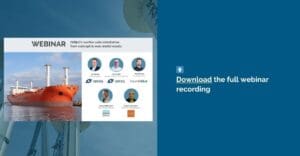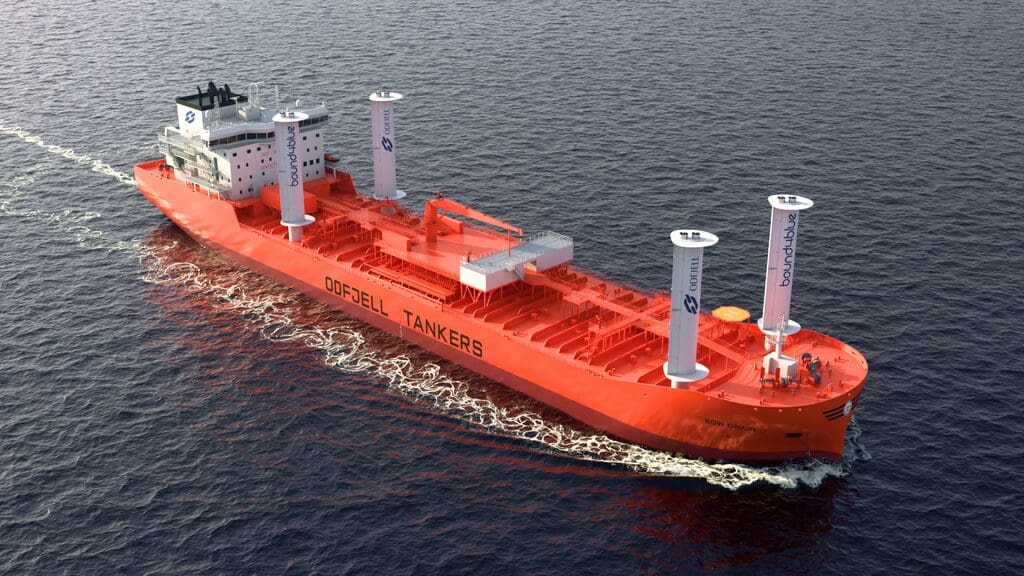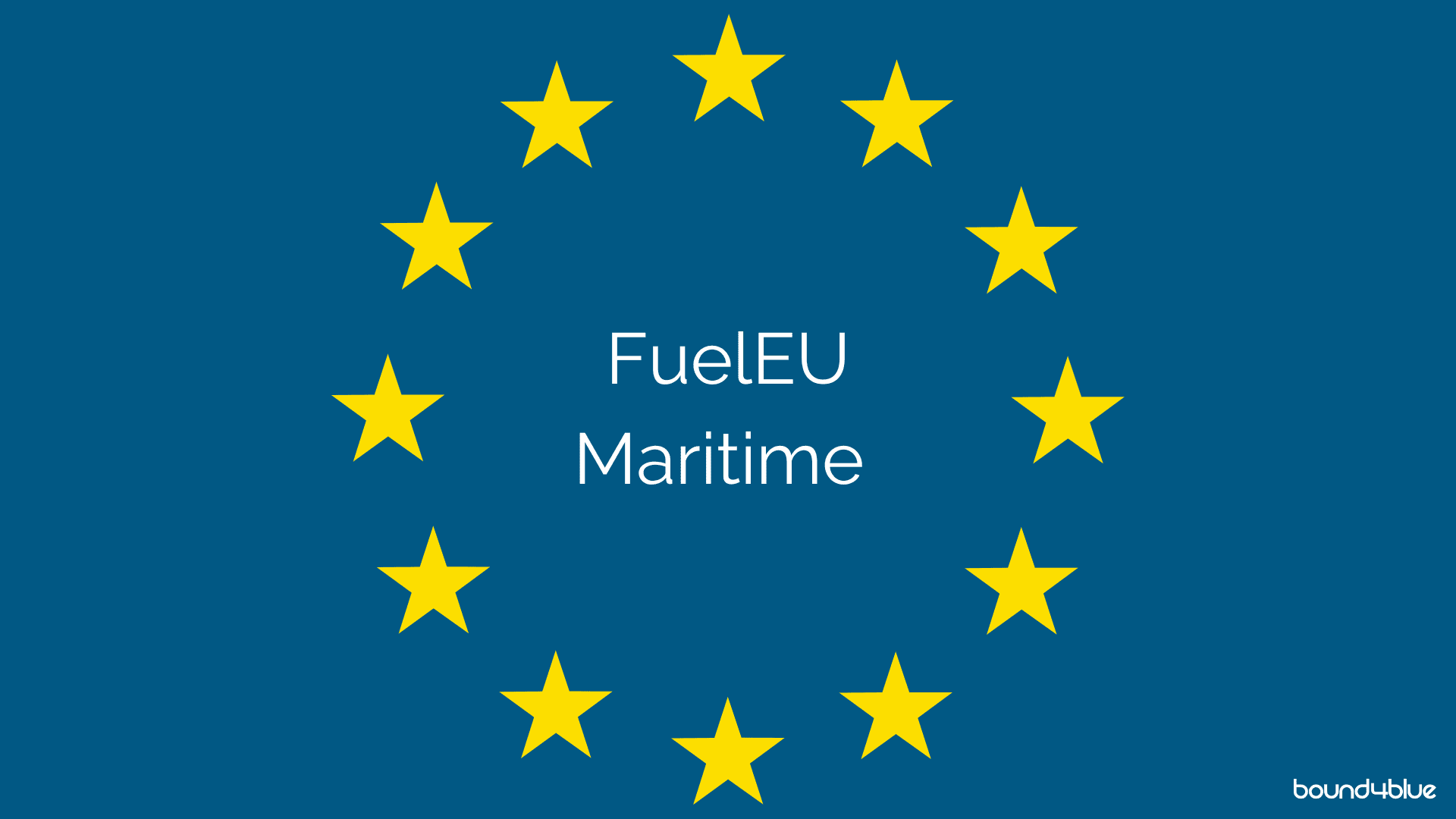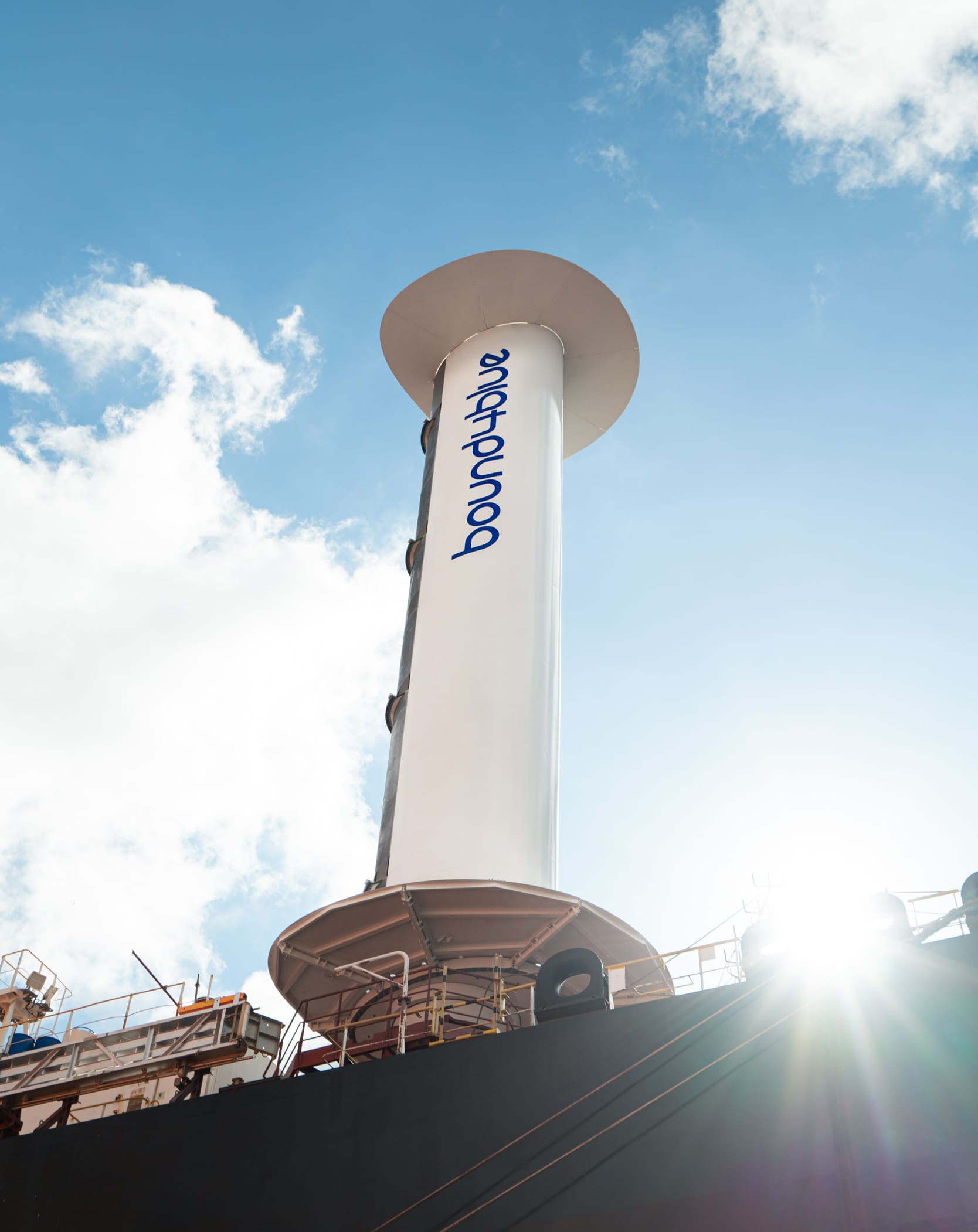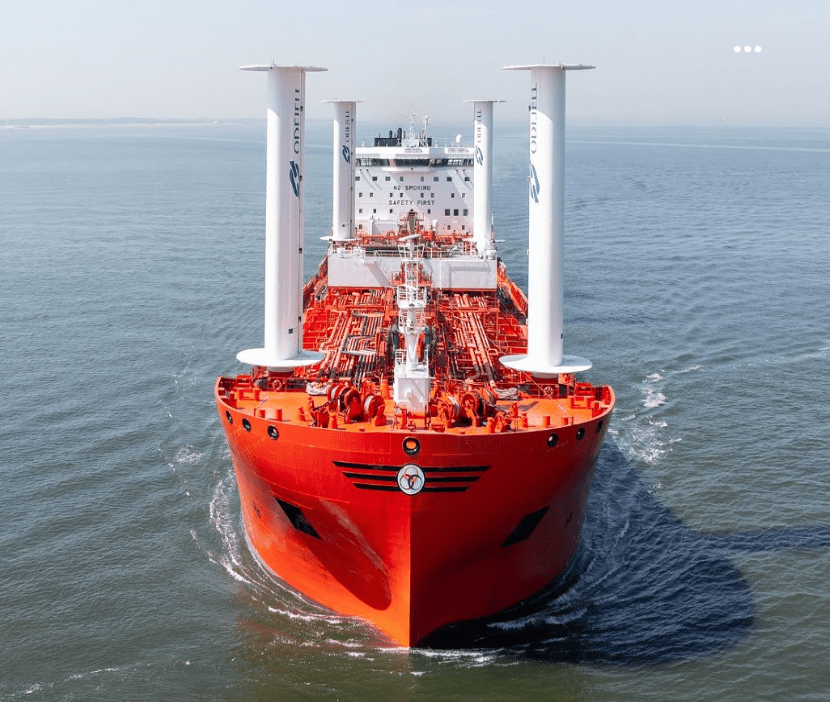News
Suction sails installation: four stakeholders, one mission
Published
29 July 2025
How do you turn the promise of wind propulsion into real world results? Collaboration is key to realising potential as we sail towards a more sustainable future. A recent webinar discussing Odfjell’s Bow Olympus installation showcased this in full, detailing how expert stakeholders can work as one to achieve outstanding results. This latest blog surmises some fascinating takeaways.
Suction sail installations usually involve four key partners, namely the shipowner, the classification society, the engineering integrator, and the technology provider. Let’s meet the central characters in the plot of this successful chemical tanker project.
1. The shipowner: Odfjell
As the project initiator, Odfjell brought a clear mandate: reduce emissions, maintain safety, and integrate a wind propulsion system without disrupting operations. They also selected the partners – bound4blue, Royal Roos, and DNV – based on performance, trust, and a shared commitment to innovation.
Their initial decision to choose wind can be seen in the context of a long-term commitment to slash operational emissions and embrace new technologies – a drive that has so far resulted in a 53% improvement in CII, since 2008. Eager to push progress even further, the team identified suction sails, specifically bound4blue’s eSAIL® system, as a further method of supercharging change.
“We needed to increase both risk and investment to stay on our trajectory”, explains Jan Opedal, Manager Projects at Odfjell. “Suction sails gave us the best combination of performance, simplicity, and ROI.”
➡️ Explore the success story of Odfjell and their results ⬅️
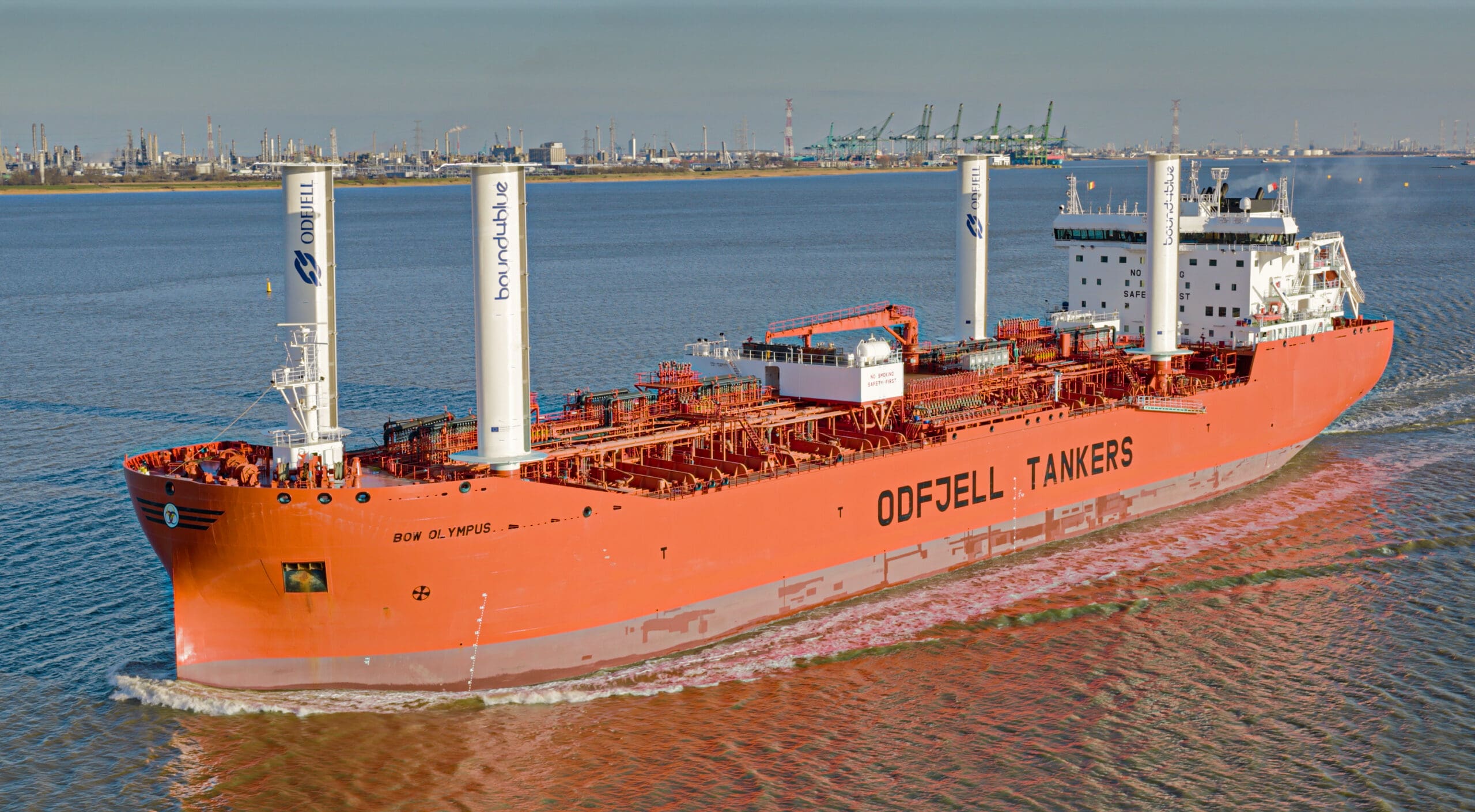
2. The classification society: DNV
DNV played a vital role in validating the safety and regulatory compliance of the retrofit. From managing hazardous zone requirements on a chemical tanker to ensuring visibility, radar integrity, and structural integration, DNV’s oversight was critical.
“As sail systems grow in size and complexity, approval becomes more than just a checkbox, it’s a technical dialogue,” outlines Hasso Hoffmeister, Senior Principal Engineer at DNV.
3. The engineering integrator: Royal Roos
Royal Roos was responsible for turning innovation into implementation. They evaluated over 20 potential installation positions using a decision matrix that balanced safety, visibility, structural feasibility, and performance. Their final design enabled seamless integration with minimal vessel modification, which, on a chemical tanker such as Bow Olympus, shows both the teams expertise and the ease with which non-ATEX eSAILs® can be adopted.
“It was a real lesson in collaborative engineering,” smiles Andrés López of Royal Roos. “We translated expectations into a solution that worked for all.”
4. The technology provider: bound4blue
As the developer of the pioneering eSAIL® system, bound4blue led the technical feasibility studies, validated performance expectations, and delivered the system itself. Our approach to modular installation, conducted in two phases across China and Europe, enabled maximum flexibility with minimal operational disruption for this hard working tanker.
“The Bow Olympus project was key to proving suction sails can work simply and effectively on tankers, even those with hazardous areas,” states David Ferrer Desclaux, CTO and co-founder of bound4blue. “It has proved to be a milestone for both the industry and our company.”
Step by step success: how a suction sails installation happens
With the four actors on board, how does a typical suction sails installation process play out? Here’s what happened in the case of Bow Olympus.
- Initial assessment – Evaluate vessel compatibility and potential savings (free of charge).
- Feasibility study – Identify best sail positions, assess costs, and analyse aerodynamic performance.
- Integration design – Custom engineering plan (in this case by Royal Roos), with class approvals.
- Wind-ready retrofit – Structural and electrical preparations done during drydock (in the case of Bow Olympus this was conducted in a scheduled stop in China).
- Sail installation – Final lift and commissioning (the installation here was completed in Antwerp in just two days).
Coordination in action: bound4blue’s role
At bound4blue our role goes beyond simply supplying the hardware. Together with our partners in every project we work as one to lead optimal timing of installations, coordination and logistics across multiple sites, and with relevant stakeholders.
The approach led to a fast track installation, with sails preassembled in port, lifted and secured in under 48 hours, in a two-step process specifically tailored for the vessel’s busy schedule.
Thanks to our understanding of the tanker segment, and other shipping sectors where hazardous areas are a concern, we’ve also developed our technology so non-ATEX, non-tilting systems (with compact sizes and weights, but huge thrust efficiency) can be easily adopted, reducing complexity and cost.
We’re proud of our role as a preferred partner in projects such as Bow Olympus, demonstrating to the industry that suction sails are not a future option, but a ‘now’ solution, providing easy, cost-effective and regulatory smart ways to harness the incredible potential of wind.
Sea trials and real results
With detailed calculations prior to installation – including IMO-aligned Pwind calculations – all stakeholders were keen to see if the real world results would match the unique promise of the suction sail system.
As Odfjell detailed in the webinar, the initial results were outstanding. On the first voyage ‘back in business’ Bow Olympus achieved:
- 5 tons/day fuel savings over six days in the Atlantic.
- 90 tons CO₂ saved on a single voyage segment.
- 16% fuel reduction on a full roundtrip.
Interestingly, beyond the headline emissions savings, the ship was noticeably more stable and comfortable to sail, while the crew were “thrilled” to record thrust performance on their shifts, competing with their colleagues to discern who “won” by noting the greatest benefits. Feedback, Odfjell notes, has been “universally positive”.
Today’s takeaway
The webinar discussion focused on one overriding factor, namely that a successful suction sails installation does not happen in isolation. It takes coordination between the right partners, in this case Bow Olympus’ ‘four musketeers’, each bringing their individual expertise to bear on a collective goal.
Get that balance right from the outset, with trust and open lines of communication, and wind can really live up to its potential – as we can see on board Odfjell’s prized chemical tanker today.
Suction sails installation FAQs
- What’s involved in a suction sails installation?
The process includes initial feasibility studies, detailed engineering integration, class approvals, vessel retrofit preparation, and final sail installation and commissioning. - Who are the key stakeholders in a suction sails installation?
Typically the shipowner (Odfjell), the classification society (DNV), an engineering integrator (Royal Roos), and a proven wind propulsion technology provider (bound4blue). - How long does it take to install the sails?
Once a vessel is wind-ready, the final installation of suction sails can be completed very quickly. Typical bound4blue installations vary in length from hours to a few days, dependent on the individual project parameters. - What are the real world benefits?
There are strong commercial, regulatory (FuelEU Maritime, EU ETS, CII etc) and environmental benefits, varying, again, dependent on individual vessels and operations. Bow Olympus, as stated above, has shown huge savings in fuel and CO2 emissions, as well as improved vessel stability and onboard comfort.

